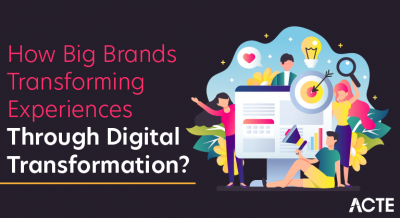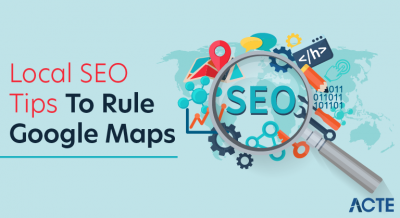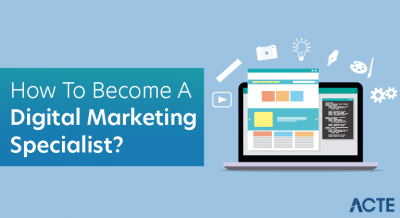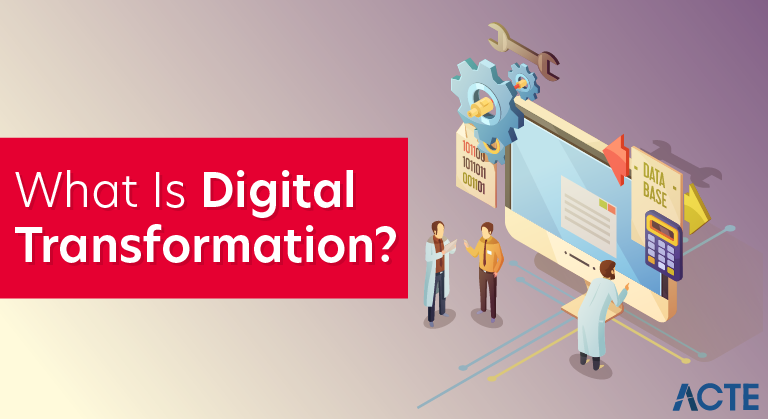
Digital transformation marks a radical rethinking of how an organization uses technology, people and processes to fundamentally change business performance, says George Westerman, MIT principal research scientist and author of Leading Digital: Turning Technology Into Business Transformation.
- Digital transformation, which Westerman says should be led by the CEO, requires cross-departmental collaboration in pairing business-focused philosophies with rapid application development models.
- Such sweeping changes are typically undertaken in pursuit of new business models and new revenue streams, driven by changes in customer expectations around products and services.
- “Customer expectations are far exceeding what you can really do,” says Westerman. “That means a fundamental rethinking about what we do with technology in organizations.”

Digital transformation drivers
- Companies often embark on digital transformations to counter the potential for disruption from incumbents and startups.
- Consider Uber’s hijacking of the transportation sector, forcing everyone from taxi companies to car rental concerns to automakers to figure out how to incorporate similar ride-sharing or other on-demand services, including bikes and scooters, into their business models.
- Amazon.com’s steady march across nearly every retail vertical has heightened consumer expectations for not only how quickly they receive goods, but the consistent availability of goods. The so-called Amazon effect has retailers using algorithms to complement logistics and ensure that anything from food items to beauty aids quickly makes their way from local warehouses — before their store locations run out.
- “Retail and consumer goods need to continually reinvent themselves to meet ever-changing customer needs,” Tyagarajan says.
Digital transformation and hyper-connectedness: focus on the edges
- Customer and customer experience, purpose and end goals, partners, stakeholders, the last mile of processes and disruption often sit and occur at these edges and are key for digital transformation. Sometimes the digital transformation is even narrowed down to customer experience alone but, strictly speaking, this a mistake, leaving out several other aspects.
- The end goals of the business, customers, stakeholders, however, do drive the agenda. The central role of the organization is to connect the dots and overcome internal silos in all areas in order to reach these different goals as interconnection is the norm. In other words: although the focus shift towards the edges, the central capabilities are realized in order to work faster and better for and at the edges. This happens for instance at organizational (integrated, ecosystems), technological (an ‘as-a-service approach’, cloud and agility enablers, and at a cultural level.
- The movement towards the edges also reflects in technologies and computing paradigms such as edge computing and the decentralization of work and business models.
- Think about how significant data management and analysis capacity is moving to the edge in an atmosphere where real-time demands increase while cloud computing grows in the core, the decentralization of information management, the shifts in security towards the, much more.
- Still, it does not mean that strategic decisions move to the edges or that digital transformation is only possible in organizations with “new” organizational models. Enterprise-wide digital transformation requires leadership, regardless of how it is organized and as long as the holistic approach towards the goals with the edges in mind prevails over internal silos and de facto gaps between reality and perception. In practice, see that pilot projects on the way to a more holistic and enterprise-wide approach often happen bottom-up, ad hoc, in specific departments. This is normal, typical in early stages but, if not followed through on a broader level, a potential risk for long-term success. From the same holistic imperative, also essential to note that security requires a holistic view and even a cyber resilience strategy as data sits everywhere, attacks increase and technological environments become more complex.
Digital transformation areas
Digital transformation in the integrated and connected sense which it requires can, among, others, touch upon the transformation of:
- Business activities/functions: marketing, operations, human resources, administration, customer service, etc.
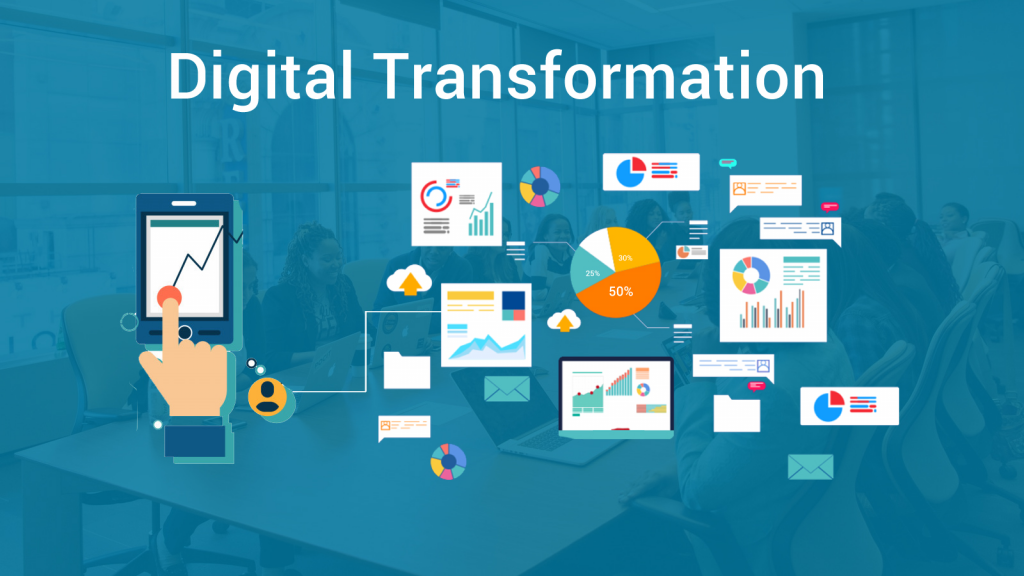
- Business processes: one or more connected operations, activities, sets to achieve a specific business goal, whereby business process management, business process optimization, business process automation come into the picture (with new technologies such as robotic process automation). Business process optimization is essential in digital transformation strategies and in most industries and cases is a mix of customer-facing goals and internal goals today.
- Business models: how businesses function, from the go-to-market approach and value proposition to the ways it seeks to make money and effectively transforms its core business, tapping into novel revenue sources and approaches, sometimes even dropping the traditional core business after a while.
- Business ecosystems: the networks of partners and stakeholders, as well as contextual factors affecting the business such as regulatory or economic priorities and evolutions. New ecosystems are built between companies with a background upon the fabric of digital transformation, information, whereby data and actionable intelligence become innovation assets.
- Business asset management: whereby the focus lies on traditional assets but, increasingly, on less ‘tangible’ assets such as information and customers (enhancing customer experience is a leading goal of many digital transformation “projects” and information is the lifeblood of business, technological evolutions and of any human relationship). Both customers and information need to be treated as real assets in all perspectives.
- Organizational culture, whereby there must be a clear customer-centric, agile, hyper-aware goal that is achieved by acquiring core competencies across the board in areas such as digital maturity, leadership, knowledge worker silos, so forth that enables to be more future-proof. Culture also overlaps with processes, business activities, collaboration, the IT-side of digital transformation. In order to bring applications faster to the market, are required. That’s the essence of DevOps: development and operations. In order to make IT and OT work together in businesses/processes/activities, change is required too (it’s not just the information and operational technologies, it’s the processes, culture, collaboration). Etc.
- Ecosystem and partnership models, among others a rise of co-operative, collaborative, co-creating, last but not lost, entirely new business ecosystem approaches, leading to new business models and revenue sources. Ecosystems will be key in the as-a-service-economy and in achieving digital transformation success.
- Customer, worker and partner approach. Digital transformation puts people and strategy before technology. The changing behavior, expectations, needs of any stakeholder are crucial. This is expressed in many change subprojects whereby customer-centricity, user experience, worker empowerment, new workplace models, changing channel partner dynamics,etc,. (can) all come in the picture. It’s important to note that digital technologies never are the sole answer to tackle any of these human aspects, from worker satisfaction to customer experience enhancement. People involve, respect,and empower other people in the first place, technology is an additional enabler and part of the equation of choice and fundamental needs.
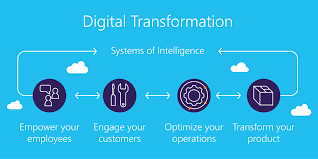
This list is not exhaustive and de facto the several mentioned aspects are connected and overlap.
We do look at some less business-related ‘digital transformation’ phenomena and at so-called disruptions but the focus is on the business, which by definition means a holistic digital transformation view whereby aspects such as customer experience, technological evolutions and innovation with a clear purpose, instead of a buzzword, are crucial elements.
A brief history of digital transformation
Transformation through technology can be traced back to dozens (internet), hundreds (printing press), or even thousands (wheel) of years. Creating software applications, building IT infrastructure, and rolling out business processes is not new—every tech publication from Business Insider to Wired has touted digital transformation, and the MIT Sloan School of Management has an entire initiative on the digital economy.
But exponential technological growth does have an origin story. It began with infrastructure, which became the foundation for applications that redefined business processes. And in that way, everything is connected: The infrastructure determined what kinds of apps were used, which determined what kinds of processes worked best. Here. Let us explain.
Infrastructure

- IT infrastructure is the primary digital transformation disruptor. Mainframes led to servers, which led to networks, which led to cloud hosting, which led to today’s hybrid environments. But the need for every company to adopt or adapt to the latest infrastructural breakthrough didn’t happen immediately.
- It all started with mainframes. The Jurassic metal machines redefined data processing by doubling the number of computations that could be processed in a minute. But the technology wasn’t adopted all at once. Governments were the first to put mainframes to work and cut census processing time from a dozen years to just 1-and-a-half.
- Once servers connected networks—particularly when a 2GB server began hosting the world wide web in 1991—businesses had to change their infrastructure approach or get left behind. Every business that wanted a place on the internet needed a server. And now, servers host intranets that support private clouds, connect to the internet to support public clouds and support both via hybrid clouds.
Applications

Infrastructure hosts applications. Applications are how business gets done today, but this wasn’t always the case. Applications began disrupting the market around the same time servers became the popular infrastructural tool. (Think about that for a minute: New IT infrastructure wasn’t even fully mature when a different technological disruptor began shaking things up.)
Monolithic applications came first: 1 application to 1 server. Want a new application? You’ll need a new server. Input, output, and processing were often handled by a single piece of hardware. The breadth of an application’s disruption was limited by businesses’ literal footprint—you had to have room for more servers if you wanted more (or better) applications.
Some monoliths gave way to n-tier architecture, which essentially breaks the functional pieces of the architecture up, allowing 1 server to handle the needs of more than 1 application. Using a client-server method, process requests were pooled in 2 tiers running on client systems (tier 1) that connected back to servers (tier 2). Today, some n-tier applications have been replaced by microservices, which break down apps into even smaller components.
Today, many businesses revolve around a single app. And many integral business processes—logistics, manufacturing, research, development, management—depend on apps. The rise in applications’ business prevalence was first due tothe server’s market disruption and then to the evolution inthe application architecture. That architecture is still evolving today, and it’s affecting business processes.
Processes

- Business processes may not seem transformative (How can a process—an inherently abstract workflow—be digital?), but they’re made so by the systems the processes depend on.
- The waterfall approach allowed 1 group of researchers, developers, or operators to use a machine at any given time. It was a slow process with only a few code releases per year. This was because it took an entire mainframe to run (for example) the very complex mathematical calculations required to determine the orbital entry of astronauts. And at a calculation rate of 2,000 processes per minute, compared to today’s 1,000,000,000,000,000—yep, that’s a 1 with 15 zeros at the end—that calculation could take days. On top of the time it took for a computer to process inputs and output results, each mainframe was larger and more expensive than today’s machines. So even if you could afford multiple mainframes, you may not have had anywhere to put them, since a single mainframe took up more than 350 square feet of space. With so few systems in such high demand, there weren’t a lot of process options besides a waterfall method.
- Multitier processing allowed for more agile development processes, but development and operations teams still worked separately. This wasn’t a bad thing, each team simply required different workflows and environments. But it did lead to some speed bumps. Consider this, a developer might create a new app with great features. Those great features also hog a ton of resources, but that’s not something the developer thinks about because the implementation is the operation’s responsibility. On the other hand, the operations team might need to measure resource use by app tier, which means the developer has to shoehorn additional code into the app, which may or may not fit properly.
- These are the kinds of hiccups that microservices and containers—which enable DevOps processes—alleviate. It makes tighter collaboration possible, where teams can work iteratively on components using a consistent set of tools and with code that can be migrated between teams and environments as needed.


